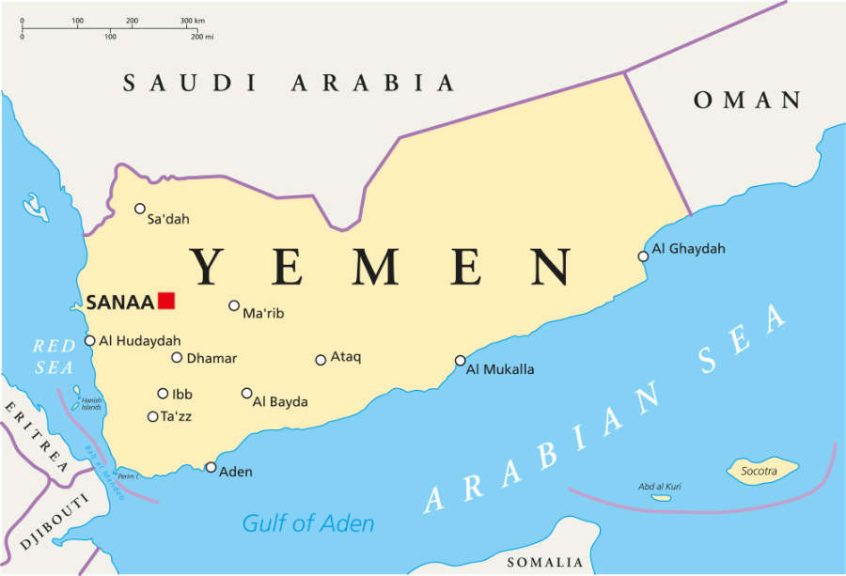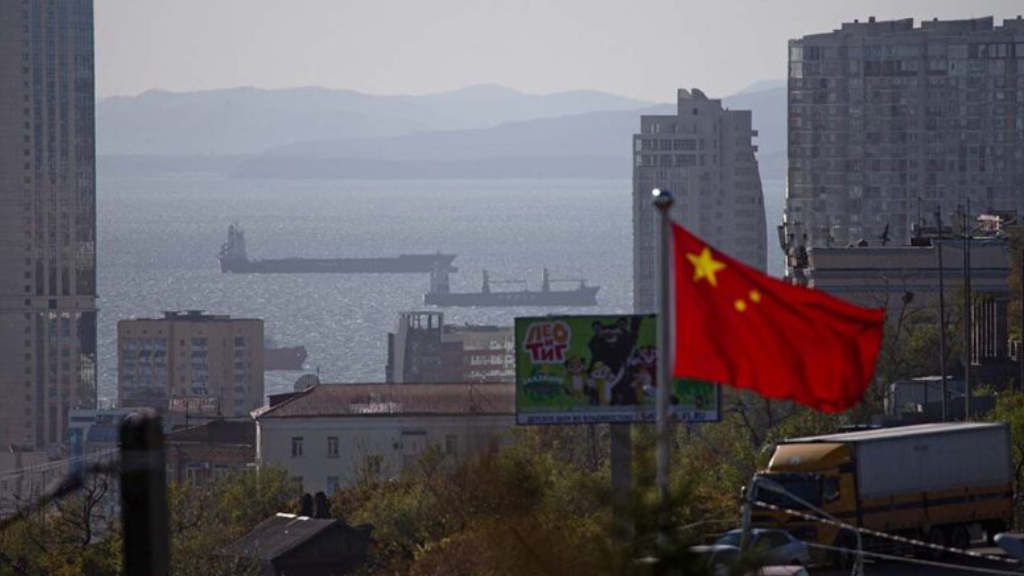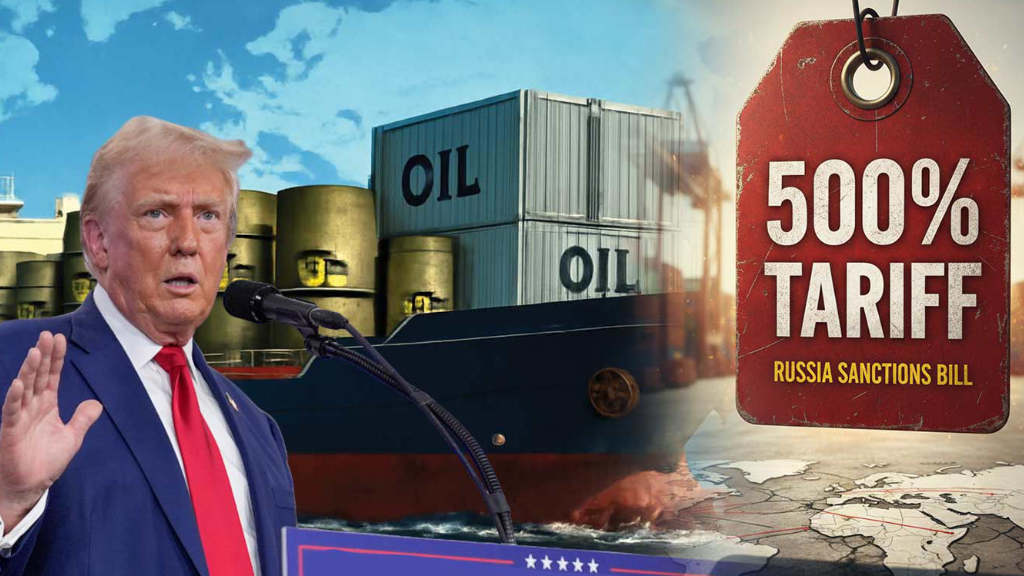The Russian Foreign Minister, Sergey Lavrov, met with Rashad Al-Alimi, President of Yemen, on the sidelines of the 80th session of the UN General Assembly in New York.
They discussed issues relating to Russian-Yemeni relations and emphasised their commitment to maintaining regular political dialogue and continuing close coordination at the United Nations and other international platforms.
Significant emphasis was placed on the military and political developments in Yemen and adjacent regions, as well as in the Palestinian-Israeli conflict zone. The Russian side reiterated its principled position in favour of a comprehensive political resolution of the Yemeni crisis by way of promptly launching a broad-based nationwide dialogue under the UN’s auspices in order to develop mutually acceptable compromise solutions to existing issues and to bring the positions of the opposing sides closer.

The Yemeni President also recently met with Russian President Putin, in Moscow, in May.
Putin said at that time that “In terms of the development of our trade and economic ties, these are developing well with Yemen. Overall, we are satisfied with the volume of our trade, which stands at about US$400 million. There are several promising spheres, in particular, agriculture, fishing, mining, and energy. In other words, there are enough topics for discussion. We have high hopes for the early resumption of the work of Intergovernmental Commission on trade, economic, and scientific and technical cooperation.
The training of personnel is another important sphere of our cooperation. Approximately 1,500 Yemenis are studying in Russia; 400 of them are receiving budget-supported education. We regard this cooperation as very important not only because of its clearly humanitarian nature or that it helps train personnel, but also because this is creating conditions for communication between our people, which is extremely important for our interaction in all the other spheres I have mentioned.”

Yemen is on the southern tip of the Arabian Peninsula, along important trade routes between the Red Sea and the Gulf of Aden.
Despite facing challenges due to ongoing conflicts, Yemen’s economy continues to be driven by key sectors that provide both employment and government revenue. The economy remains heavily reliant on its primary industries. The oil and gas sector remains the cornerstone of the economy, contributing approximately 30-40% of GDP and accounting for over 70% of government revenues.
The Hadhramaut region, which produces around 260,000 barrels of oil per day, continues to be a key source of output, with productive fields like Al Maseelah. Agriculture is another significant sector, providing employment for about 54% of the labor force. Key agricultural products include wheat, barley, fruits, and vegetables, although the sector struggles due to water scarcity and ongoing conflict.
Yemen’s fishing industry also plays a crucial role, particularly in terms of domestic consumption and exports. There are efforts to enhance market access and boost the growth of the fisheries sector. Yemen’s manufacturing industry, though smaller, includes food processing, cement production, and textiles, with food processing being the most important contributor, followed by construction.
Yemen is also part of the Greater Arab Free Trade Area (GAFTA), which seeks to reduce tariffs and trade barriers among member states. With a population of around 41 million, Yemen’s GDP (PPP) stands at approximately US$2.1 billion, with a GDP per capita (PPP) of US$2,095. The economy is projected to contract by 1.5% in 2025.
Yemen’s imports from Russia are dominated by cereals, accounting for about 2/3 of the total US$400 million in bilateral trade. Other imports included mineral fuels, paper, and pharmaceutical products. Yemen’s primary export to Russia is coffee.
Further Reading






